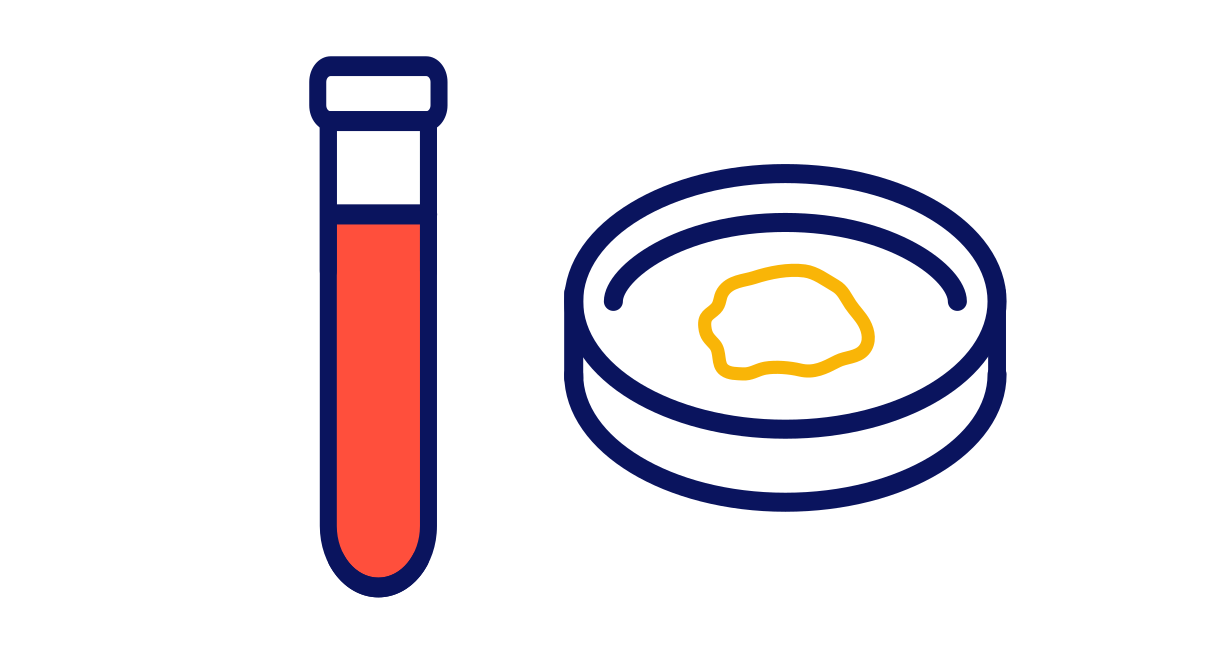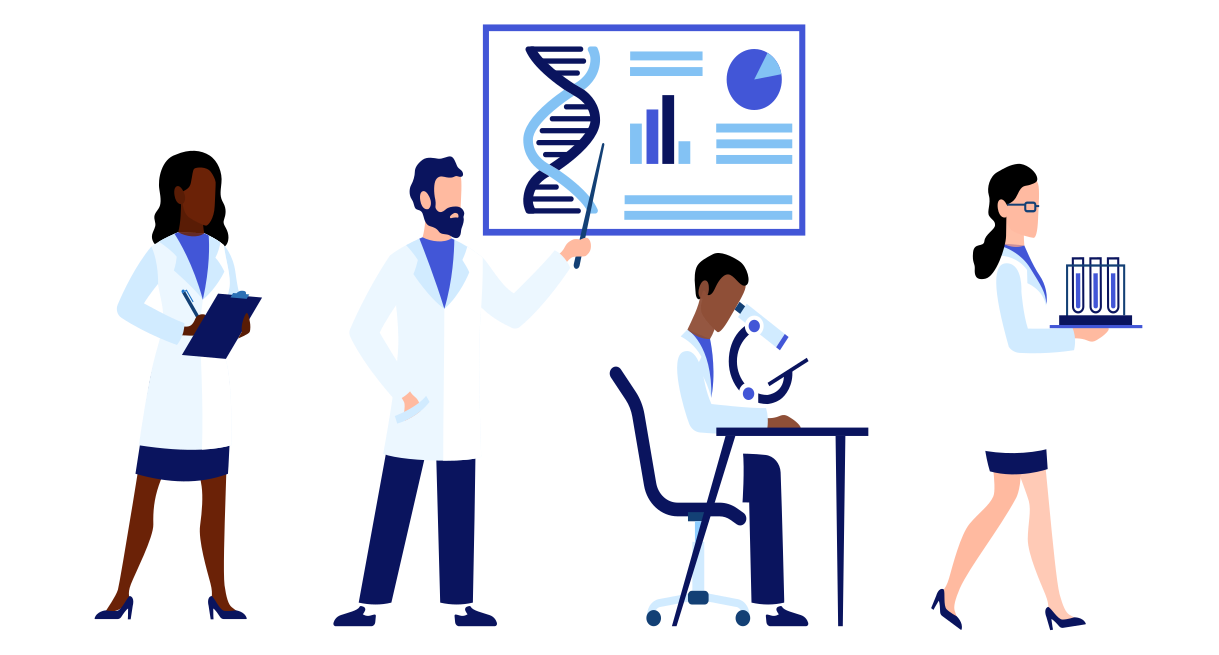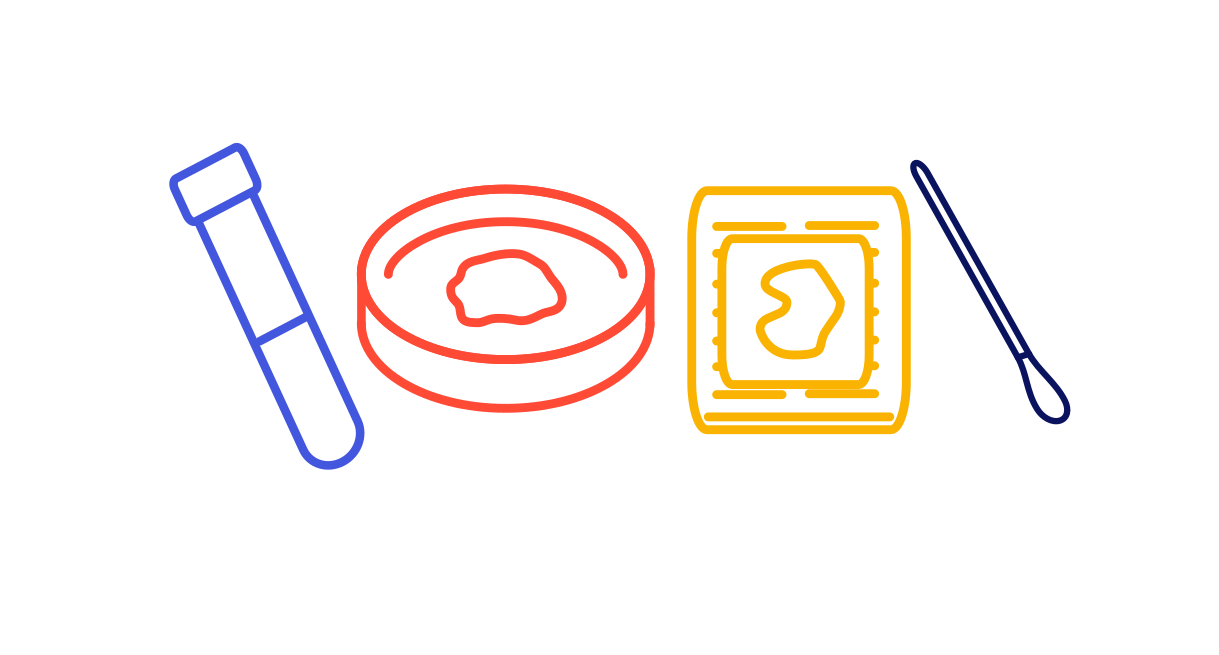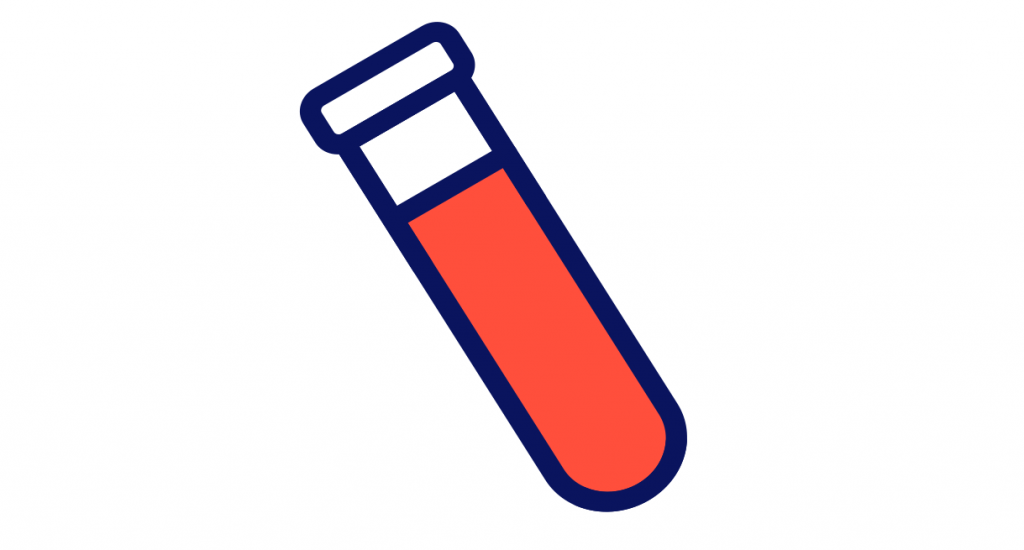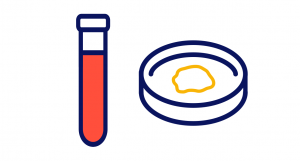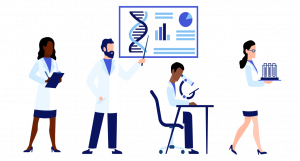Whole blood and its components have a number of different uses in clinical diagnostics and life science research. Whole blood can be collected into a number of different tube types depending on the downstream use of the sample. In particular, there are a number of different anticoagulants that are used, as well as stabilizing agents depending on how long the blood needs to be stored prior to use or processing into blood components. In this post we will discuss the main components of whole blood, and provide a brief overview of how they are isolated for use in clinical diagnostics and research.
The main components of whole blood are:
Plasma
Plasma is the liquid component of blood that carries the blood cells, proteins, ions, etc. throughout the human body. In order to isolate plasma from whole blood, the blood must be collected into a tube containing an anticoagulant. The blood sample is then centrifuged to pellet the cell component. The resulting liquid supernatant is the plasma component, which can be removed and stored (at -20oC or below) for later use.
Serum
Serum is also the liquid component of blood, and contains many of the same elements as plasma. The main difference is that serum does not contain any clotting factors. In order to isolate serum, blood is collected into a tube that does not contain any anticoagulants. The blood is allowed to clot. The clot is then removed by centrifugation. The resulting supernatant is the serum component, which can be removed and stored (at -20oC or below) for later use.
Red Blood Cells (RBCs)
Red blood cells are non-nucleated cells that carry oxygen throughout the body. RBCs can be isolated from whole blood (collected in tubes containing an anticoagulant) by using a series of centrifugation steps.
Peripheral Blood Mononuclear Cells (PBMCs)
PBMCs are a subset of blood cells which have a round nucleus. These include lymphocytes (T cells, B cells and NK cells) as well as monocytes. PBMCs are often isolated from whole blood (collected in tubes containing an anticoagulant) by using density gradient centrifugation. Once isolated, PBMCs can be stored viably (-80oC) for future use.
Buffy Coat
Buffy coat is another cellular fraction of blood, which contains monocytes, lymphocytes and granulocytes. The buffy coat can be obtained by centrifugation of whole blood (collected in tubes containing an anticoagulant) to form three fractions (plasma, buffy coat and RBCs). Following removal of the plasma, the buffy coat layer of cells can be isolated.
Platelets
Platelets are small, non-nucleated blood cells that help to form blood clots. Platelets can be isolated from whole blood by first collecting whole blood into tubes containing an anticoagulant. The plasma is then isolated, and the platelets are isolated from the plasma by further centrifugation.
Cell-Free DNA (cfDNA)
What We Do at SampleSmart
SampleSmart is a biospecimen procurement company. We source biospecimens for life science researchers to use in their R&D studies. We work with a worldwide network of biospecimen providers, ranging from direct partnerships with clinicians to academic and hospital biobanks to commercial biospecimen providers.
If you need whole blood or any whole blood components, check out our Biofluids (Blood) page and Send Us a Request.

